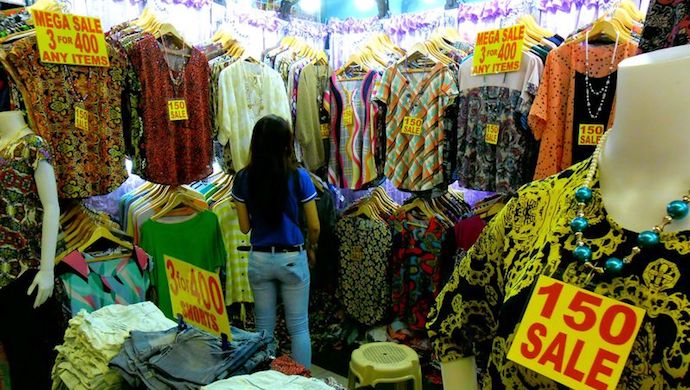Making well-informed purchase online comes as a priority for Philippine consumers

Due to its rising middle class and tech-savvy population, Philippine e-commerce has been continuously growing its online market reach. A PwC study estimates that the global millennial workforce is expected to be at least half of the world population by 2020 while the Philippines has already amassed a 47 percent millennial workforce populationsince 2015. In terms of Philippine online activity, the current Digital in 2018 study revealed that Filipinos are the most social in Southeast Asia, spending 4 hours online daily.
To understand the Philippines’ market behaviour, iPrice Group utilized its proprietary data by analysing its 1,300 merchants dataset. Our analysis showed that while the Philippines has the third highest traffic in SEA, it only translates to 0.8 purchase rate. While the purchase rate in mobile as compared to desktop is relatively low in all SEA markets, the Philippines is one of the lowest (together with Thailand) in all 6 markets analysed.
Also read: The Philippines needs to develop a good angel ecosystem; muru-D Singapore Head
Based on our SEA State of e-commerce 2017 research, the Philippines is the third most active in mobile commerce with 71.25 percent share of traffic in SEA markets. Surprisingly, though online shopping connotes impulsive buying due to its convenience, the Philippines consumer behaviour suggest that more Filipinos are utilizing online platforms to assess products. According to Path and Purchase report 2017, Filipinos do multiple of searches from price comparison, product reviews and videos before they make an actual purchase.
While this may indicate a lagging factor in terms of consumer penetration, the country’s average total amount spent (basket value) suggests that Filipinos’ confidence in online shopping is high (comparing it against SEA market). Despite that the Philippines has one of the lowest GDP per capita US$ 2951.07 in SEA (which is closely related to basket value), the Philippines basket value is the second highest in SEA with US$56 (PHP 2,887) per order while Singapore tops with US$91 (PHP 4,736).
As more Filipinos are exploring the convenience of online shopping, credit card is the most common payment method in the country. 95 percent of e-commerce merchants in the Philippines are offering credit card payment method while cash on delivery comes in second with 80 percent.
—-
iPrice Group is operating as a one-stop shop e-commerce aggregator across 7 markets in Southeast and East Asia with key feature in price comparison. It’s meta-search feature collates e-commerce products: home and living, cosmetics, grooming, fashion and electronics while its key feature in price comparison specifically caters to electronics.
For the latest start-up, business and technology insights please visit the iPrice Insights page: https://iprice.ph/trends/insights/
Editor’s note: e27 publishes relevant guest contributions from the community. Share your honest opinions and expert knowledge by submitting your content here.
Featured Image Copyright: junpinzon / 123RF Stock Photo
The post Philippine millennials are critical online shoppers appeared first on e27.